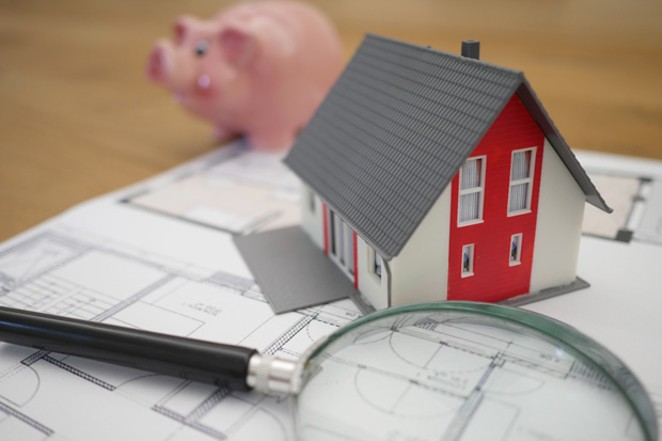Ever wonder how real estate investors determine what properties they are going to buy and how they determine if the property is a "good" investment? Contrary to owner-occupied real estate investments, which are generally purchased to suit the comfort, style and size of the purchaser's desires, real estate investment property purchases are primarily based on performance.
A performing property, in terms of application to real estate, is a property that ultimately creates cash flow, increased equity over time and overall growth of one's real estate holdings/investment portfolio. This generally applies to commercial and industrial real estate, as well as, residential income-producing properties (i.e. long-term rentals and short-term rentals/vacation rentals). One of the most common and popular measures of a property's potential performance rate is the capitalization rate. The "cap rate" indicates the rate of return an investor can expect to be generated on the real estate investment. This rate of return is calculated by dividing the net operating income by the real estate investment by the current market value or purchase price. This rate is expressed in a percentage of the initial investment or current market value.
When calculating to find the cap rate on a potential real estate investment, one needs to assess the net operating income. This is determined by deducting property expenses from the gross income. For example, a property produces $100,000 in gross rental income. Once expenses, such as property taxes, maintenance, vacancy rates, insurance and in some cases management fees, utilities and reserves are deducted, that leaves the net operating income. For this example, we will use $30,000 as operating expenses and a purchase price of $1,000,000. After deducting the operating expenses from the gross rental income, the net is $70,000 and divided by the purchase price the rate of return is 7%. Essentially, the property owner in this example can expect a 7% return on their initial investment.
It is important to note, when considering cap rates, that the variance in expenses, income-generation potential and market value can significantly change the cap rate over the life of the investment. Some of the factors that attribute to the variance and that should also be considered when analyzing the long-term potential rate of return are: increasing property taxes, age of the building and required maintenance, tenant vacancy rates, rent rate fluctuation, lease structures and property type (commercial, residential, industrial) and overall market value.
The rate of return is also useful to determine the duration of time it will take to recover the amount invested in the property. For example, a property with a 10% cap rate will take approximately 10 years to recover the investment.
Cap rates serve as a quick guide for an investor to determine the rate of return and time to recover the initial investment. Cap rates can vary from market to market and within the different property investment types. It is important to speak with local real estate professionals who are well versed in specific property/market types to discuss typical cap rates for that area of investment. I also highly encourage potential investors to seek out real estate professionals who have a solid understanding of real estate investment calculations and rates of return.





















